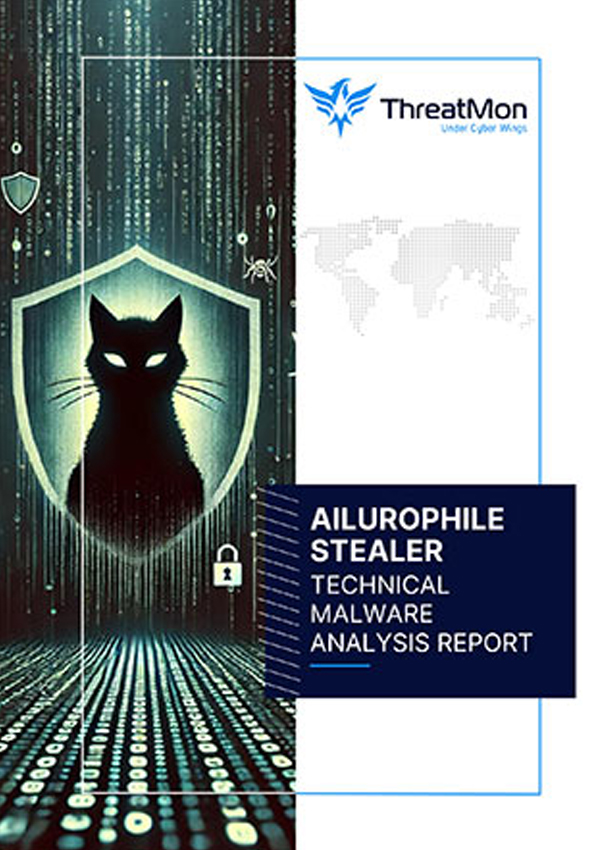
The Ailurophile Stealer, first detected by ThreatMon on August 15, 2024, is a dangerous information-stealing malware that operates as a service, hosted on publicly accessible domains such as ailurophilestealer.com and ailurophilestealer.shop. Its availability, coupled with a user-friendly interface and a three-day free trial, makes it easily accessible to a wide range of users, including those with minimal technical expertise. The malware is capable of stealing critical information, including system details, autofill data, credit card information, cookies, browsing history, usernames and passwords, and cryptocurrency wallet data, posing a serious security risk.
The report provides an in-depth analysis of Ailurophile Stealer’s capabilities, including its advanced evasion techniques and its ability to bypass several security solutions. It has an extremely low detection rate, with only 2 out of 39 detections on KleenScan, further emphasizing the severity of the threat. The report highlights how the malware can evade detection while stealing highly sensitive information and provides recommendations for mitigating these risks.